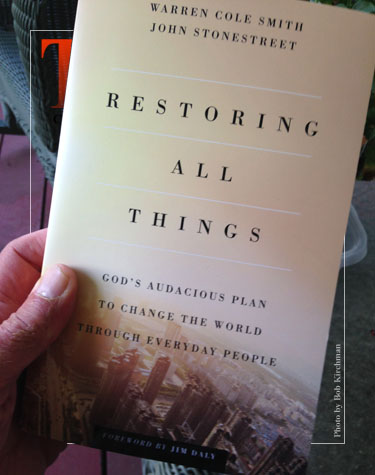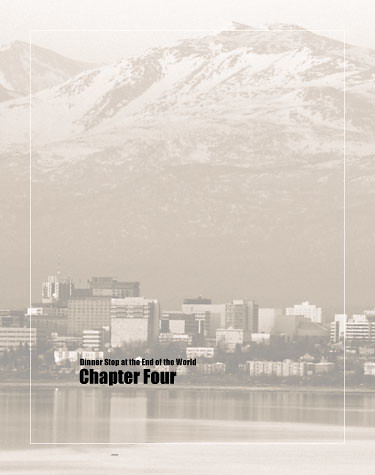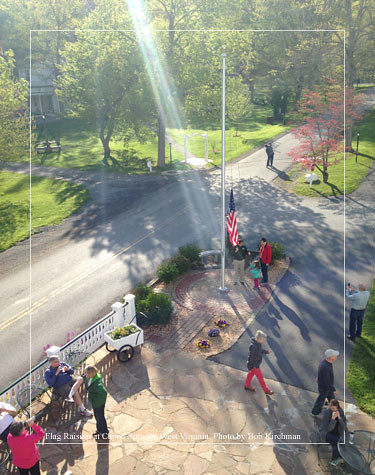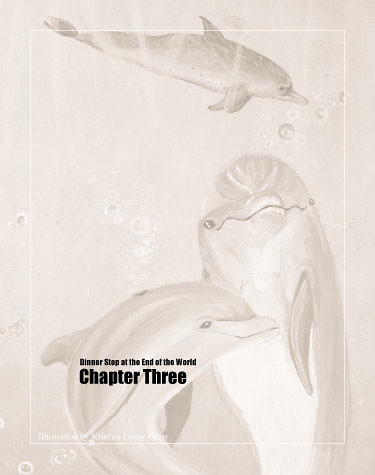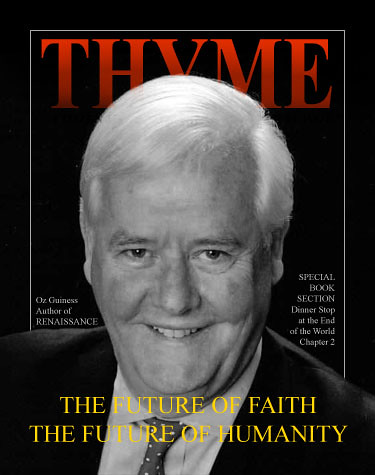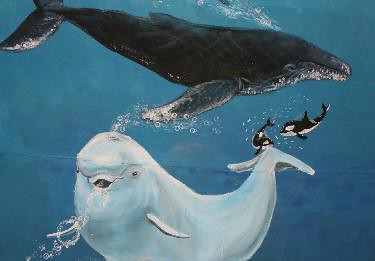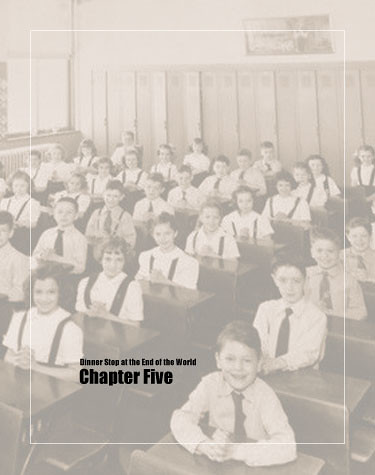
Posterity, you will never know how much it has cost my generation to preserve your freedom. I hope you will make good use of it" -- John Quincy Adams
Imagination is the beginning of creation. You imagine what you desire, you will what you imagine and at last you create what you will" -- George Bernard Shaw
Elizabeth Zimmerman O’Malley was the youngest of Rupert and Pat’s three children. The older two had been more like Pat. Rupert loved them dearly, but blessed them as they chose different paths from his. His oldest daughter Anna was a gifted teacher. Anna’s children were the delight of Zimmerman’s life. He loved to converse with them. Sandy, his middle child, was a noted travel writer and photographer. Elizabeth was her father’s little shadow. If Rupert sketched a design, Elizabeth had to try to draw it better. Zimmerman quit his job working for another super ego when Elizabeth was young and for a time worked out of a home office where Elizabeth sat at a little desk next to her father’s big table. Zimmerman came from an era when design required drawing by hand. He’d often add texture with crosshatching or stipple with a pencil.
Once a client of Zimmerman’s came into the shop as little Elizabeth was hammering away at her paper with a pencil. “What are you drawing, Elizabeth?” She had asked. “I’m drawing STIPPLE!” was the little girl’s reply. As a girl she copied her father, but as a young woman she excelled him. Being Rupert Zimmerman’s assistant was not for the faint-hearted. He’d been through dozens of them by the time Elizabeth arrived in Nome. Zimmerman trusted his nascent ideas to scarcely anyone. Indeed, his own wife Pat wondered at the rabbit trails of her husband’s mind. Elizabeth was strangely comfortable there.
As a boy, the creative and uber-sensitive Zimmerman had been taught by nuns. One of their favorite pastimes it seemed was to slip up on little boys doodling in class and rap them on the knuckles with a ruler. Use the wrong size pencil and they’d break it over your hand. There was a place behind Rupert’s peripheral vision where if a person entered he would freeze in whatever he was doing, a holdover from those days... unless it happened to be Elizabeth. When he became known for his successes, young people would want to come and learn by watching Zimmerman work. Often one would try to get closer and look over his shoulder. Rupert would freeze in his tracks... then say tersely: “only Elizabeth is to stand there.”
As a boy Zimmerman drew picture after picture of amazing things he wished to build. Cities on the Moon... space stations... outposts in faraway wastelands all flowed from the boy’s hand. After a teacher had unceremoniously ripped up one of his drawings, Zimmerman hid his work under his bed. He grew up to work making other people’s dreams into reality but somehow he never forgot his own. Where Zimmerman was strong on hard line, his daughter was strong on form and color. Together they were masters of the narrative that would become the Bering Strait Bridge. When potential investors saw their work, they were reassured by the depth of it.
Rupert, Elizabeth and Martin plugged on. Together they brought a great work to fruition. As Barry Soetoro’s policies mired the economy of a great nation, some like Pat started quietly storing food and silver, preparing for the worst. Some, like Zimmerman, looked to history as they planned for the future. Most thought them a bit crazy though. Post-war Alaska, however, needed a great work to hold on to. They were grateful to Zimmerman for providing it.
The opening of the Bering Strait Bridge and the creation of the Siberian Autonomous Republic opened up a great new frontier. The Confederation of the two Autonomous Republics possessed more potential energy resources than Saudi Arabia. The Arctic National Wildlife Refuge, a huge stretch of nothing, suddenly blossomed with new exploration rigs drilling for oil. The funny thing is that the rigs themselves were almost unnoticeable and the wildlife flourished. Zimmerman’s fortunes grew with the region and now Elizabeth was able to invest the Zimmerman fortune improving lives around the world.
Where her father saw the potential to build, Elizabeth saw the potential to invest in people’s lives. In her mind there was no point in constructing a great bridge if people had no ability to produce crops or goods to ship across it. She was saddened that so many people in the lower 48 were living on government handouts and no longer producing things. What she saw in the rest of the world broke her heart.
(to be continued) [click to read]

The Big Diomede Service Plaza.
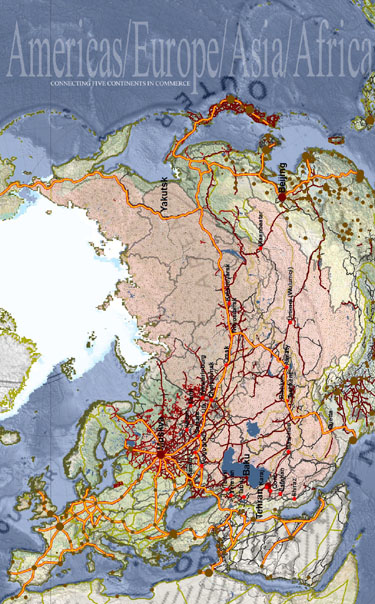
Map of Connecting Highways. Graphic by Bob Kirchman
[click to read ]
Copyright © 2015, The Kirchman Studio, all rights reserved
